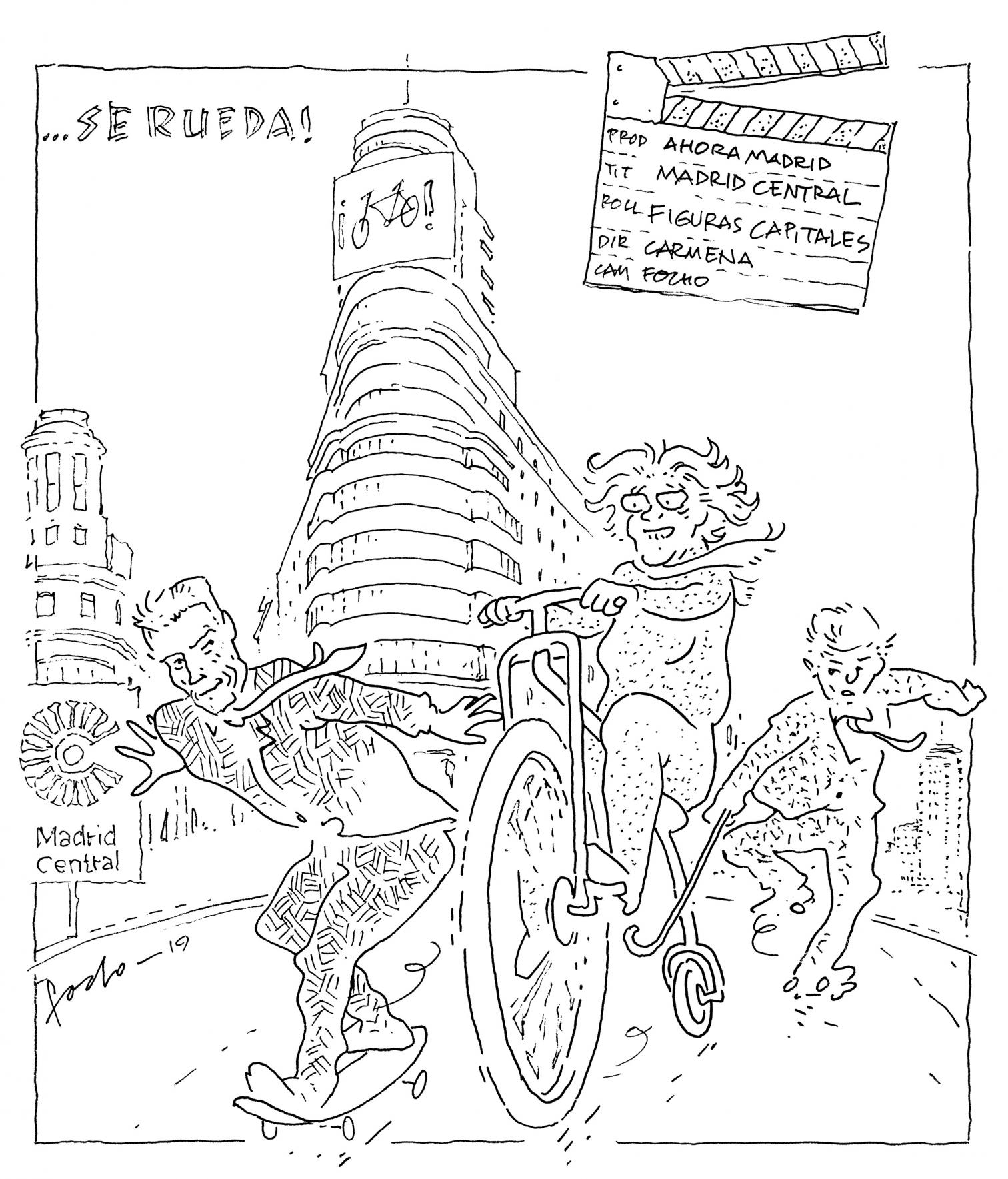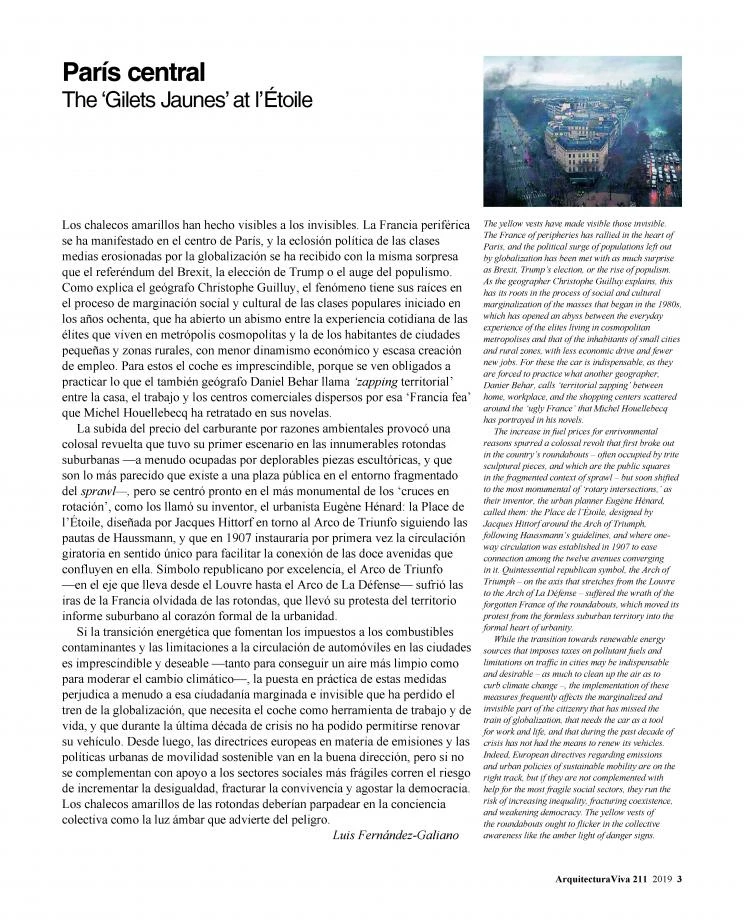
Ever since Haussmann and Cerdà lay down the importance of traffic in cities, urbanism has been at the service of cars, but now, well into the 21st century, servitude to the automobile has begun to slacken. This is demonstrated by the proliferation of programs to pedestrianize roads and control circulation, carried out with varying degrees of radicality and success in many of the world’s great cities, including Madrid.
The controversies sparked by the partial prohibition of vehicles in the heart of Madrid have been pernicious and persistent. No one has missed the opportunity to use the measure as a political missile: some, playing a single card, making Madrid Central the banner of a supposedly unprecedented, almost revolutionary way of governing metropolises; others, seeing the signature decision of Manuela Carmena and her team as pure demogoguery, with negative effects on the city’s economy.
Nevertheless, since it went into effect at the start of the year, and though there are still no real data regarding its impact on business, tourism, and urban ecology, Madrid Central has in facts and deeds belied both the claim that the ban is revolutionary and the prediction that it will bring about an apocalypse. The partial closing to vehicular traffic of Madrid’s ‘almond’ (one of Europe’s largest historical cores) has neither caused a circulation crisis in the area in question nor collapsed overall traffic in the Spanish capital. Nor has it proven a big proplem for residents and delivery workers.That said, Madrid Central – a relatively modest operation budget-wise, marked especially by wider sidewalks on the Gran Vía – falls in line with local policies in force for fifteen years now which have progressively been pedestrianizing the city center, and with general policies – common to so many European urbs – of penalizing vehicles run by internal combustion engines.
So Madrid Central has not been a revolutionary measure, but a reformist intervention of the kind that answers more to plain common sense than to partisan debates.The best proof of this is how well it has been accepted by Madrid’s residents.






